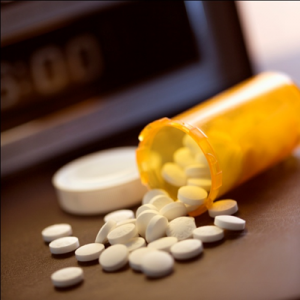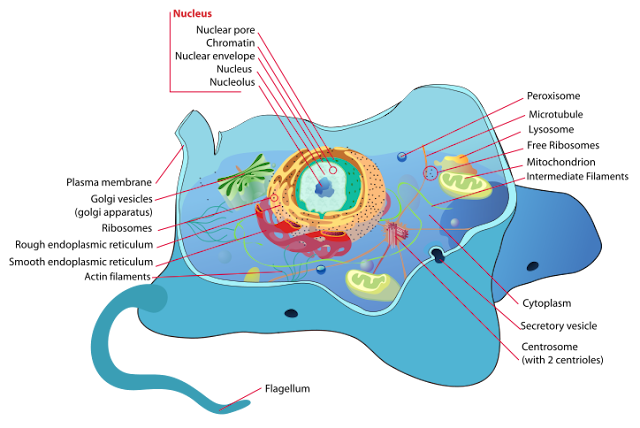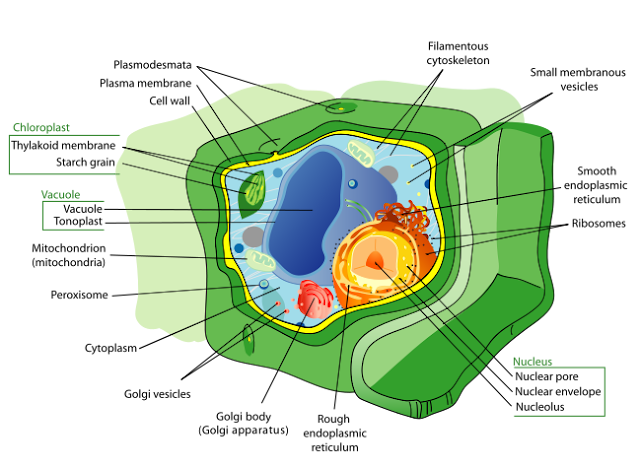General Characteristic
- Amoeba sp. have no fixed shape.
- Their shape changes as they move.
- They have protrusions called pseudopodium used for movement and capturing victims.
(Image by Pearson Scott Foresman shared under Creative Commons Attribution-Share Alike 3.0 Unported license.)
Habitat
Amoeba sp. live in water.Movement
- Amoebas have protrusions called pseudopodium used for movement and capturing victims.
- Pseudopodium is an extension of cytoplasm
- Video below shows how an amoeba move in water.
Recommended Videos
Amoeba in MotionReproduction
- In a favourable environment, Amoebas sp. reproduce through binary fusion.
- Binary fusion is a process where the cytoplasm of an amoeba divides and form two daughter.
- Under adverse conditions Amoeba sp. reproduce through spore formation.
- The spores are protected by cyst walls which resist to heat, cold and dryness.
Feeding
- Amoeba feeds by a process called phagocytosis.
- During phagocytosis, amoebas sp engulf a food particle and takes it into its cytoplasm where it forms a food vacuole.
- Enzymes are added to digest the food, and the nutrients diffuse through the cytoplasm.
Recommended Videos
Amoeba Biology


















